Canon EOS 80D Review - Image Quality and Verdict Review
Image Quality and Verdict
A compelling camera for aspiring photographers
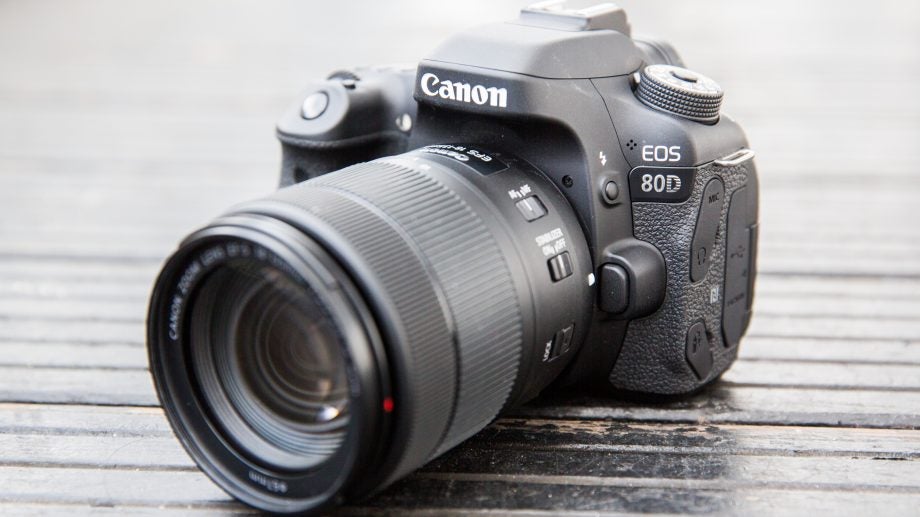
Sections
- Page 1 Canon EOS 80D Review
- Page 2 Design and Performance Review
- Page 3 Image Quality and Verdict Review
Canon EOS 80D – Image Quality
Canon has used a 24-million-pixel sensor before, in the EOS 750D and 760D. However, these two models don’t feature the 80D’s Dual Pixel CMOS AF sensor. The jump to a 24-million-pixel sensor is good news for those who like freedom to crop tightly and, at the same time, preserve a high level of detail. Unlike the Nikon D7200, and some other recent high-resolution APS-C sensors, however, the 80D continues to use an anti-aliasing filter. With this in place, it has its work cut out to achieve the same levels of resolution. At ISO 100, the 80D delivers an impressive 3,400l/ph resolution, much like the Nikon D7200, but at higher sensitivities the D7200 has the edge.
Dynamic Range: At ISO 100, the 80D’s dynamic range result measured 12.6EV – a figure that’s almost identical to the 12.7EV recorded by the EOS 7D Mark II at the same sensitivity. As the graph illustrates, the figure drops below 12EV beyond ISO 200, but stays above 10EV up to ISO 800. Results at ISO 1,600, 3,200 and 6,400 drop to 9.2EV, 8.0EV and 7.1EV respectively, with shadowed areas gradually getting nosier as you push closer towards the top two sensitivity settings. It’s only when you push beyond the 80D’s native ISO range and up to the extended setting of ISO 25,600 that the figure drops below 6EV. Although the 80D’s results aren’t as high as those recorded by the EOS 7D Mark II at higher sensitivity settings, this is a better than average dynamic range performance.
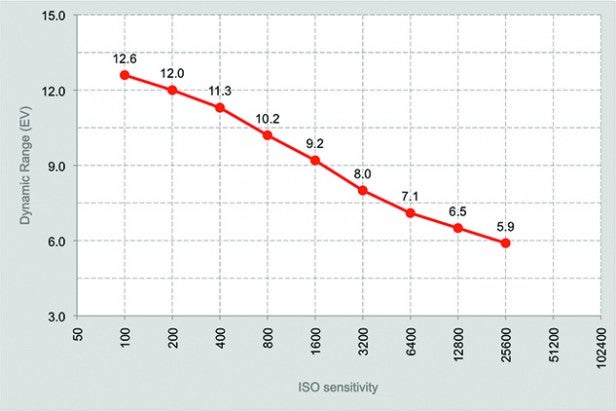
Resolution: The 80D resolves an impressive 3,400l/ph at ISO 100, which is higher than the 2,800l/ph the 70D resolves at the same sensitivity setting. This improvement in resolution continues through the sensitivity range, with the 80D attaining 3,000l/ph at ISO 400 and 2,800l/ph up to ISO 1,600. As you begin to push the sensitivity higher, luminance noise starts to soften the finest details and reduces resolution. The sensor resolves 2,400l/ph at ISO 6400, beyond which point there’s a noticeable drop in resolution to 2,200l/ph at ISO 12,800, ending up at 1,800l/ph at its expanded ISO 25,600 setting.
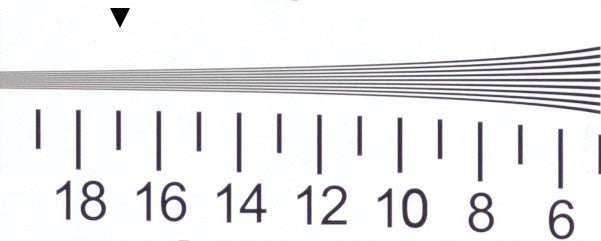 Raw ISO 100
Raw ISO 100
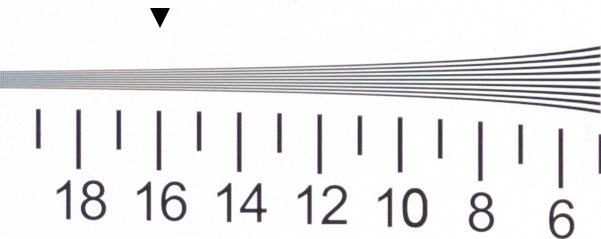 Raw ISO 200
Raw ISO 200
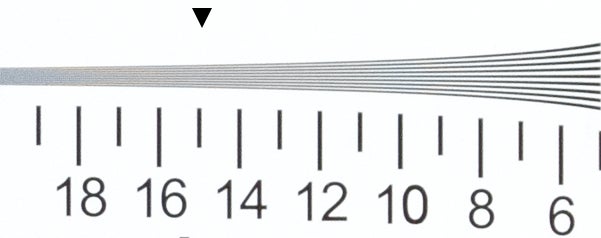 Raw ISO 400
Raw ISO 400
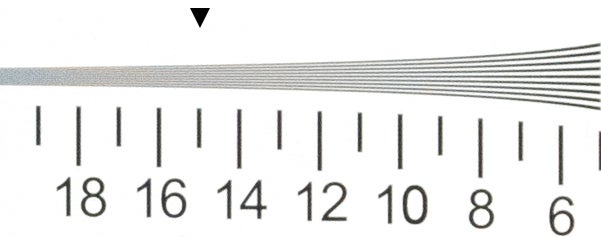 Raw ISO 800
Raw ISO 800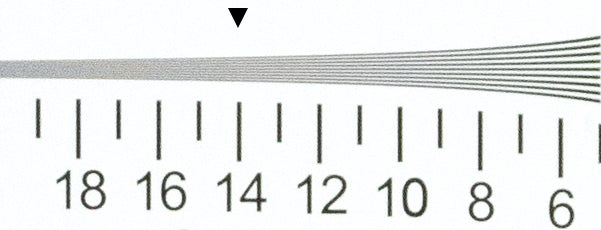 Raw ISO 1600
Raw ISO 1600
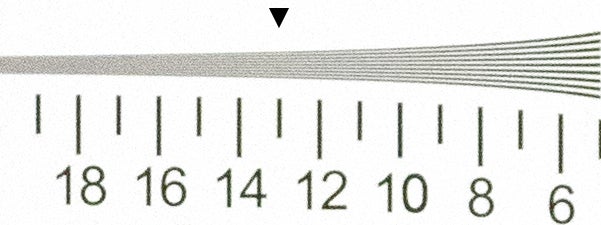 Raw ISO 3200
Raw ISO 3200
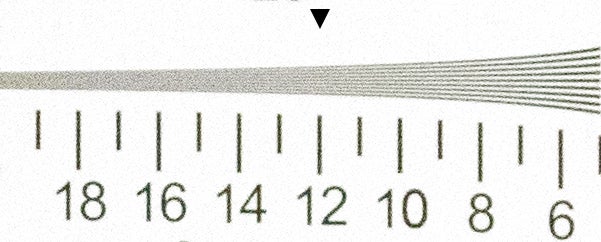 Raw ISO 6400
Raw ISO 6400
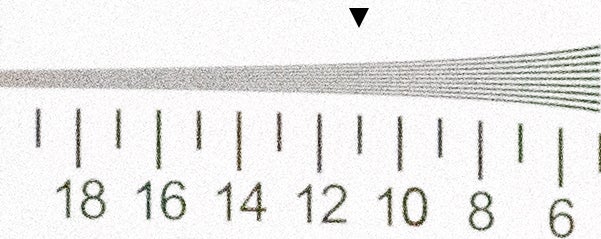 Raw ISO 12800
Raw ISO 12800
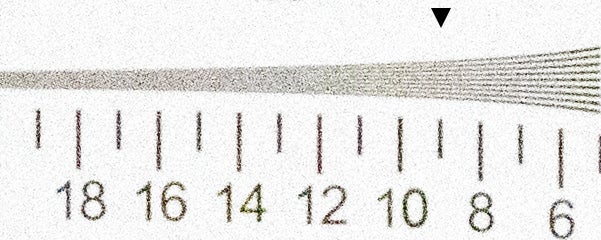 Raw ISO 25600
Raw ISO 25600
Noise: A close study of our JPEGs between ISO 100 and ISO 400 revealed no signs of noise and a high level of detail. Luminance noise starts to make its presence known at ISO 1,600 and is joined by chroma noise as you push towards ISO 3,200 and 6,400. U
sers can be confident of producing acceptable images straight out of the camera at ISO 6,400, but it’s worth bearing in mind that fine detail does get lost beyond this point. Inspecting our raw files, having first converted them in Canon’s Digital Photo Professional 4 software, revealed a strong set of results.
Chroma noise is absent right up to ISO 6,400 and, although luminance noise is evident at ISO 3,200 and 6,400, it’s well controlled, allowing files to retain a high level of detail. Detail in raw files captured beyond ISO 6,400 takes a hit and the five-digit ISO settings are best avoided if you want to produce the best results.
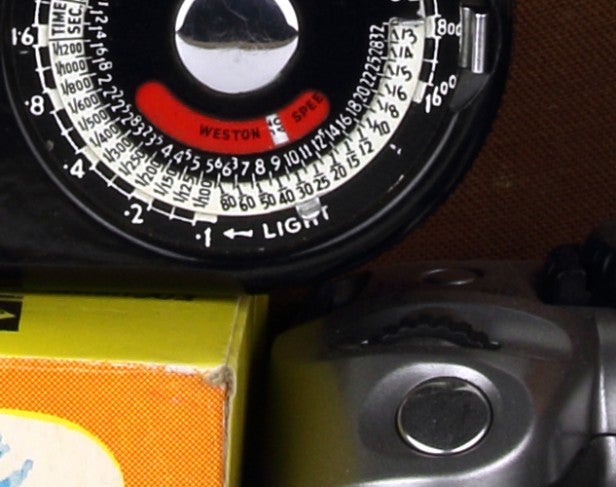 Canon EOS 80D Raw ISO 100
Canon EOS 80D Raw ISO 100
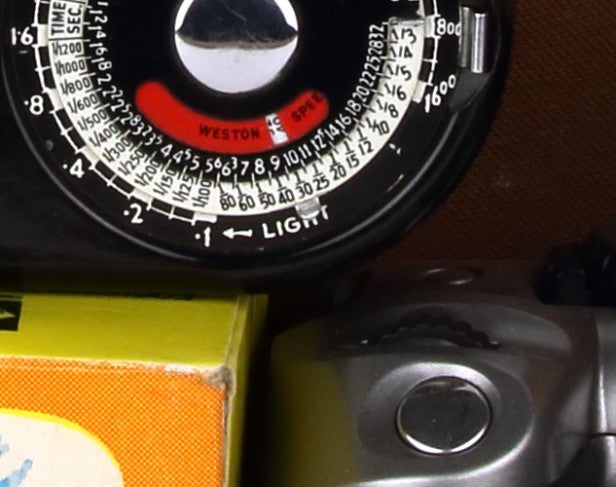 Canon EOS 80D Raw ISO 200
Canon EOS 80D Raw ISO 200
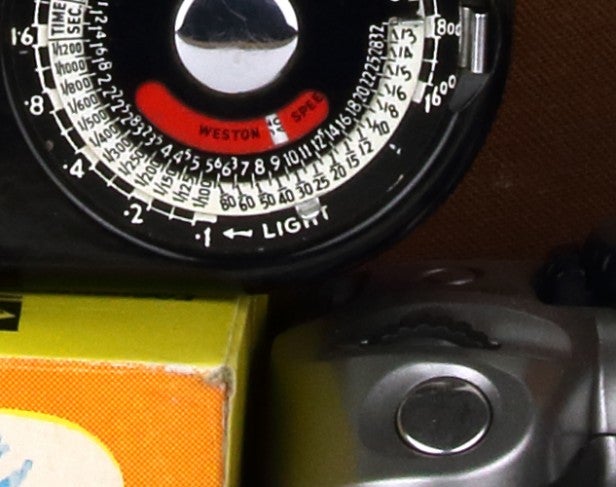 Canon EOS 80D Raw ISO 400
Canon EOS 80D Raw ISO 400
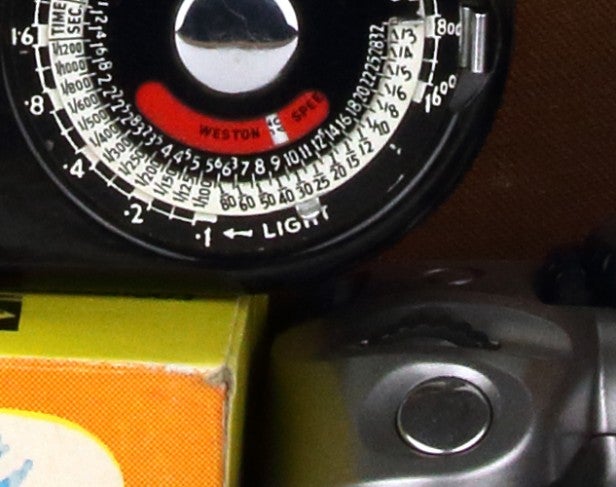 Canon EOS 80D Raw ISO 800
Canon EOS 80D Raw ISO 800
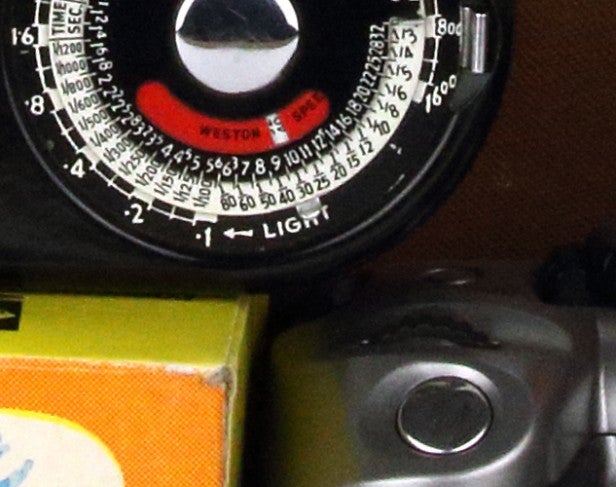 Canon EOS 80D Raw ISO 1600
Canon EOS 80D Raw ISO 1600
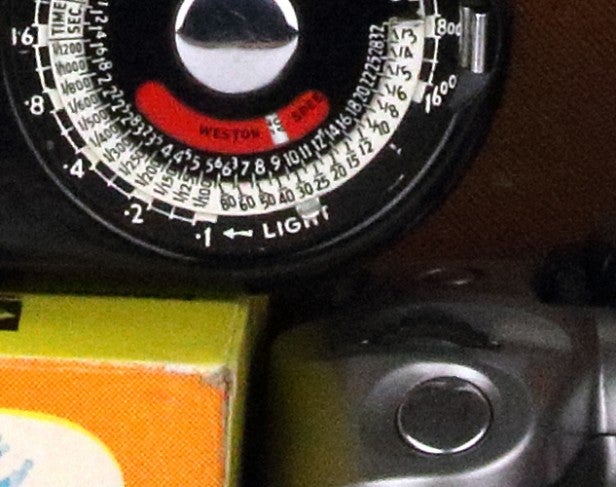 Canon EOS 80D Raw ISO 3200
Canon EOS 80D Raw ISO 3200
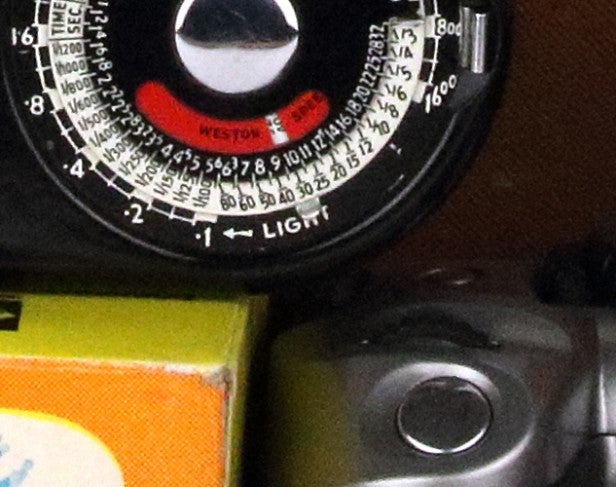 Canon EOS 80D Raw ISO 6400
Canon EOS 80D Raw ISO 6400
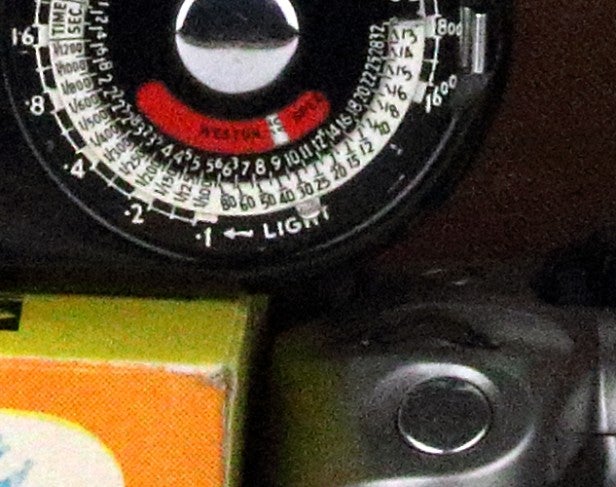 Canon EOS 80D Raw ISO 12800
Canon EOS 80D Raw ISO 12800
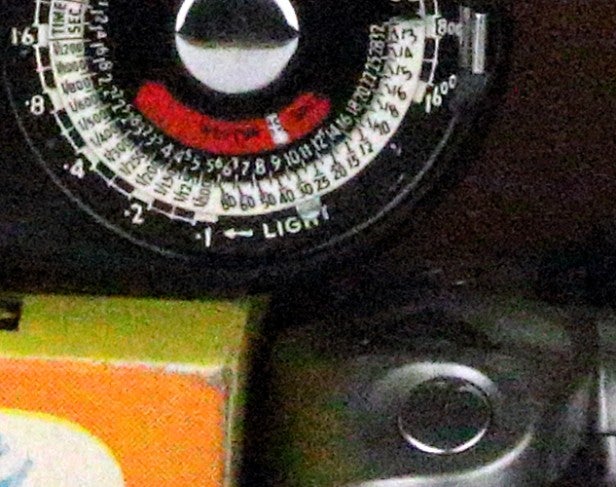 Canon EOS 80D Raw ISO 25600
Canon EOS 80D Raw ISO 25600
Should I buy the Canon EOS 80D?
The 80D isn’t as revolutionary as the 70D was when it was released. Nevertheless, it’s better than its predecessor in a number of areas, including the accuracy of focusing both in and out of live view. The 80D is more responsive at focusing in low light than the 70D, and although it doesn’t feature case studies in the AF section of the menu, like the 7D Mark II, it’s good to see options being added to adjust the tracking sensitivity in the custom function menu.
Videographers who have been pleading for a headphone input have finally had their wish granted, and despite not featuring 4K the camera is equipped with all the advanced video functionality you need to shoot professional and smooth-looking movies at 60p.
The new sensor resolves more detail than the 70D. It doesn’t match the resolution of the Nikon D7200 at high sensitivities, but users will find there’s plenty of detail in images up to ISO 6,400. There was more chroma noise in JPEG files at high ISO than I had anticipated, but the accuracy of colour and exposure metering is just as good as we’ve come to expect from Canon, and is hard to fault. Canon hasn’t cut corners with regard to build quality. The 80D feels well constructed and should survive the test of time.
For amateurs and enthusiasts, the 80D is a well-rounded and highly capable APS-C DSLR that’s worth a close look. Whether you settle for the 80D or 7D Mark II depends on what you shoot, but with £80 (at the time of writing) being all that separates them, it doesn’t make it an easy decision. If a fully articulated screen, higher resolution and a slightly smaller body are what you’re after, the 80D gets the nod. However, if you shoot sports or action and would like your DSLR to shoot at up to 10fps with a highly sophisticated 65-point autofocus system and dual card slots, I’d say it’s worth spending the extra for Canon’s rather excellent EOS 7D Mark II.
Verdict
It’s not revolutionary, but the 80D is still a fine DSLR for the right user.


